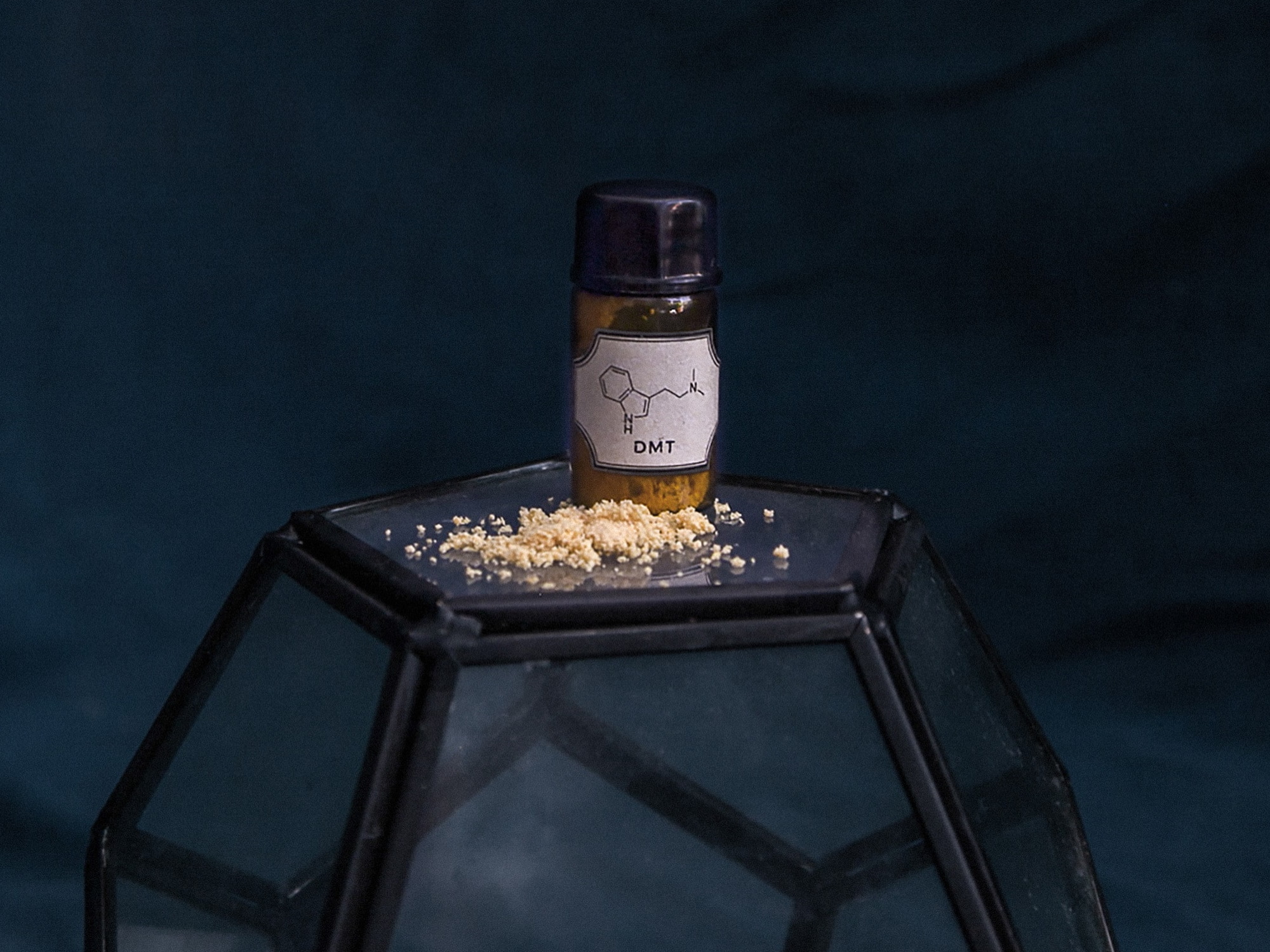TARTARIC ACID BP/USP/EP

What is Lorem Ipsum?
Lorem Ipsum is simply dummy text of the printing and typesetting industry. Lorem Ipsum has been the industry's standard dummy text ever since the 1500s, when an unknown printer took a galley of type and scrambled it to make a type specimen book. It has survived not only five centuries, but also the leap into electronic typesetting, remaining essentially unchanged. It was popularised in the 1960s with the release of Letraset sheets containing Lorem Ipsum passages, and more recently with desktop publishing software like Aldus PageMaker including versions of Lorem Ipsum.
TARTARIC ACID BP/USP/EP
✅ TARTARIC ACID (CAS 87-69-4) – PRODUCT DESCRIPTION
Tartaric Acid (CAS 87-69-4) is a naturally occurring organic acid that is commonly found in grapes and is widely used in the food, pharmaceutical, cosmetic, and chemical industries. It has a strong acidic taste and is used as an acidulant, preservative, and stabilizer in food products, particularly in wine production, where it plays a role in acid balance and flavor enhancement. In the pharmaceutical industry, Tartaric Acid is used as an excipients, buffering agent, and pH regulator in the formulation of oral medications, tablets, and capsules. It also serves as an intermediate in the production of other organic acids and esters in chemical manufacturing. In cosmetics, Tartaric Acid is used for its exfoliating properties and is incorporated into skin care formulations to improve skin texture and promote cell regeneration. This white crystalline powder is available in pharmaceutical grades (BP/USP/EP), ensuring high purity for use in oral formulations, topical applications, and industrial processes. We supply Tartaric Acid to pharmaceutical manufacturers, food producers, cosmetic manufacturers, and chemical manufacturers globally, ensuring reliable and high-quality supply to USA, Malaysia, Vietnam, and Chile.
📦 Industries Used In:
-
Pharmaceuticals (used as a buffering agent, excipient, and pH regulator in drug formulations)
-
Food Production (used as an acidulant, preservative, and stabilizer in food and beverages, particularly in wine production)
-
Cosmetic Industry (used for exfoliating and skin care formulations)
-
Chemical Manufacturing (used in the production of organic acids, esters, and other derivatives)
-
Research (studies on organic acids, pharmaceutical formulations, and cosmetic ingredients)
🧪 Available Grades:
-
Pharmaceutical Grade (BP/USP/EP)
-
Food Grade
-
Industrial Grade
-
Reagent Grade
⚙️ Functions:
-
Acidulant, preservative, and stabilizer in food and beverage production
-
Buffering agent and pH regulator in pharmaceutical formulations
-
Used in wine production for acid balance and flavor enhancement
-
Exfoliant and skin conditioner in cosmetic formulations
-
Intermediate in the production of esters and organic acids for chemical applications
🧩 Classified Under:
-
Pharmaceuticals
-
Food Additives
-
Cosmetic Ingredients
-
Chemical Intermediates
-
Organic Acids
CAS Number
87-69-4
Formula
C4H6O6
Molecular Weight
150.09 g/mol
Density
1.79 g/cm³
Gravity
~1.79
Melting Point
170-172°C